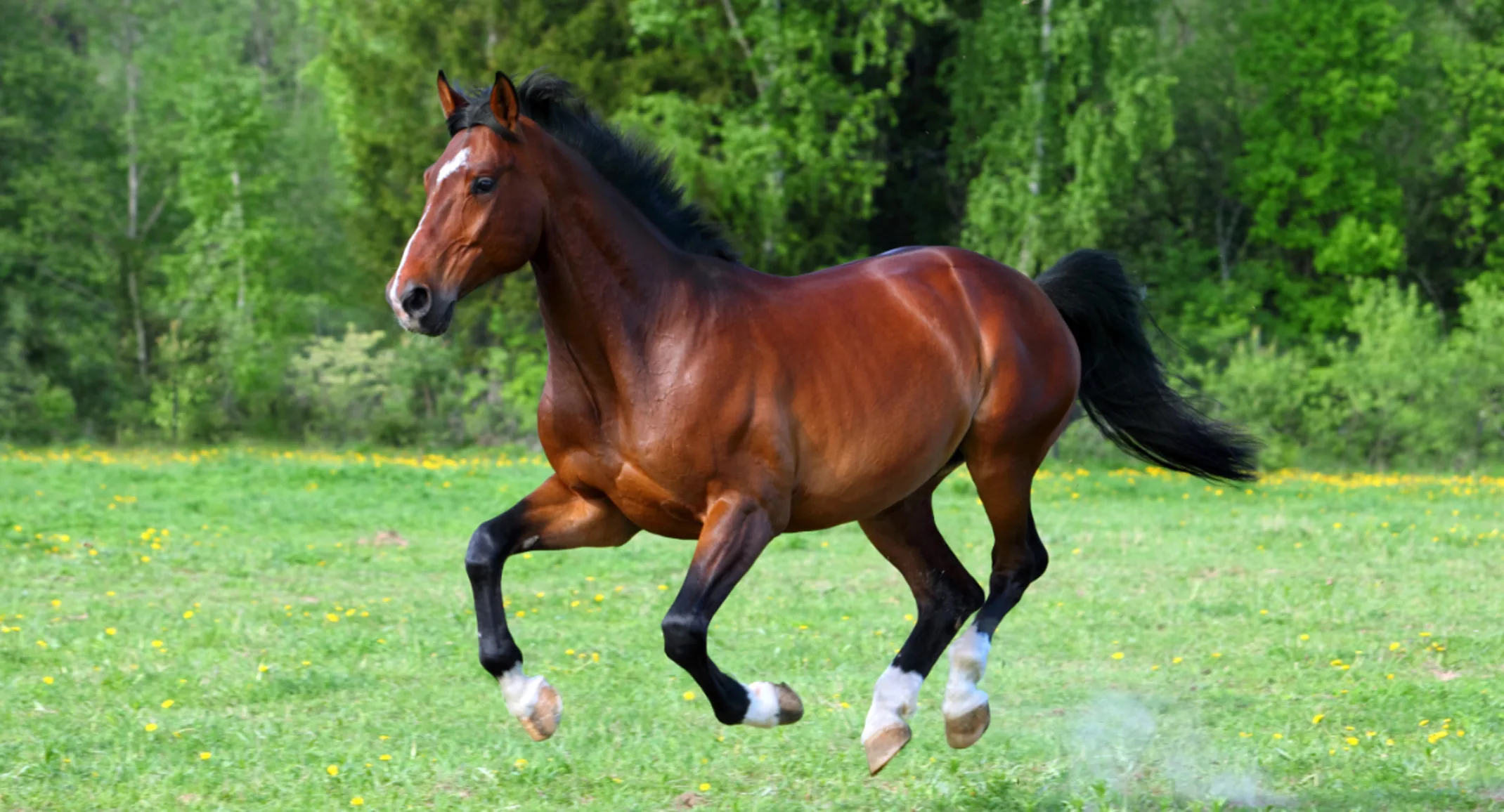The Bronchoalveolar Lavage
Educational Articles

Is your horse making respiratory noise when being worked?
Are they not finishing the barrel pattern as they have previously? Are you noticing frequent coughing associated with eating or exercise? Does your horse have nasal discharge?
Often times our clients will come to us with the above concerns. When thinking about the respiratory tract, your veterinarian will try to assess whether the upper or lower airway is affected. This often requires an in-depth conversation between owner and veterinarian. All diseases causing coughing, nasal discharge, or poor performance are worth further work-up.
If your veterinarian suspects lower airway disease in your horse, a bronchoalveolar lavage, or BAL, may be recommended.
During a BAL procedure, a flexible tube is passed through the nose and down into the trachea. A small quantity of sterile saline will be passed through this tube down into the lower airway at the interface where oxygen and carbon dioxide are exchanged (the alveoli), and then aspirated back. This part of the procedure requires sedation and restraint, but is relatively fast.
We gain very important information from the fluid characteristics including color, consistency, and the amount of debris present. A consulting laboratory performs further testing, observing which cells from the immune system are present. Based on the ratio of the cells and how they deviate from normal values, lower airway disease in the horse can be diagnosed.
Your veterinarian will be able to make very specific recommendations based on the results of the BAL.
Please call our office at 319-366-6441 with further questions or to speak with a veterinarian today.
